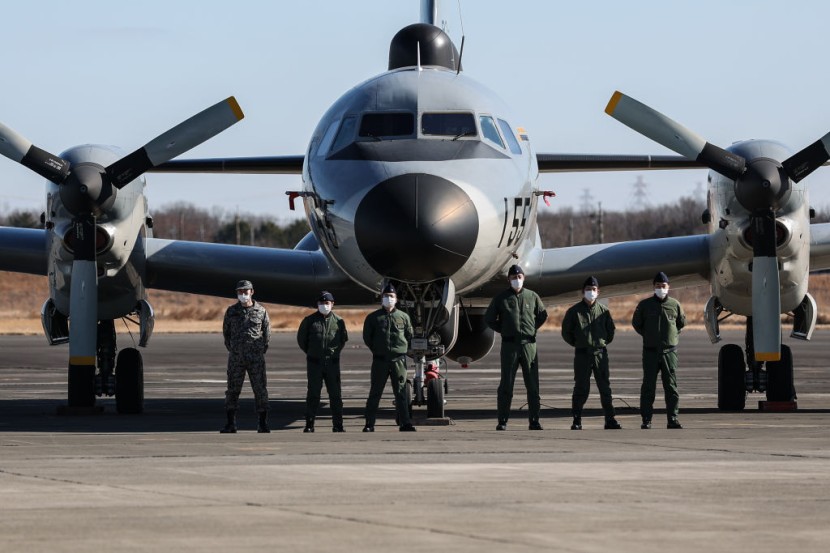Mitsubishi Heavy Industries is expected to see record defense orders as Japan goes on its biggest military build-up since World War II.
According to forecasts, Japan's biggest orders for its Aircraft, defense, and space units will rise to 42 percent to $7.40 million in the first year of their five-year $318 billion military build-up. This will double their defense spending to approximately two percent of gross domestic product, as reported by Reuters.
It was in April when Japan's Ministry of Defence awarded Mitsubishi Heavy contracts worth 378 billion yen to build a new longer-range missile force to deter China from using military force in East Asia.
Japan also picked the maker of the World War II era fighter to develop a new joint advanced fighter in partnership with Britain's BAE Systems PLC and Italy's Leonardo.
Japan and Its Military Forces
Japan has a long history of militarism, including its role in World War II. However, since the end of the war, Japan has maintained a pacifist constitution and relied heavily on the United States for its security.
In recent years, however, Japan has been increasing its military capabilities in response to perceived threats from China and North Korea. This has included the establishment of a new amphibious unit, the acquisition of advanced military hardware such as F-35 fighter jets, and increased defense spending.
Critics of Japan's military buildup argue that it risks destabilizing the region and could lead to an arms race with China. Proponents, on the other hand, argue that Japan needs to be able to defend itself and its interests in an increasingly uncertain geopolitical environment.
Read also: Japan and Philippines To Boost Military Partnership Amid China's Growing Aggression
Japan Preps for China?
Japan's military buildup is largely in response to perceived threats from China, which has been increasing its military presence and asserting its territorial claims in the East and South China Seas. Japan has also been strengthening its alliances with other countries in the region, such as the United States and Australia, to counterbalance China's growing influence.

Furthermore, Japan's concerns over North Korea's nuclear and missile programs have also played a role in its military buildup. The regime has conducted several tests of ballistic missiles that have flown over Japanese territory, causing alarm among the Japanese public.
In addition to acquiring advanced hardware such as F-35 fighter jets and Aegis-equipped destroyers, Japan has also been developing new capabilities for amphibious operations. This includes the establishment of a new Amphibious Rapid Deployment Brigade tasked with defending remote islands against potential invasion.
Overall, while there are valid arguments both for and against increasing military capabilities in East Asia - one thing is clear: this region remains highly volatile and susceptible to conflict if diplomatic efforts fail or unforeseen events occur which require rapid responses from governments across different nations involved therein (including but not limited to hotspots).
Related article: Japan Announces $320 Billion Military Build-Up Plan Amid Regional Tensions; Its Biggest Since World War II
© 2025 HNGN, All rights reserved. Do not reproduce without permission.








